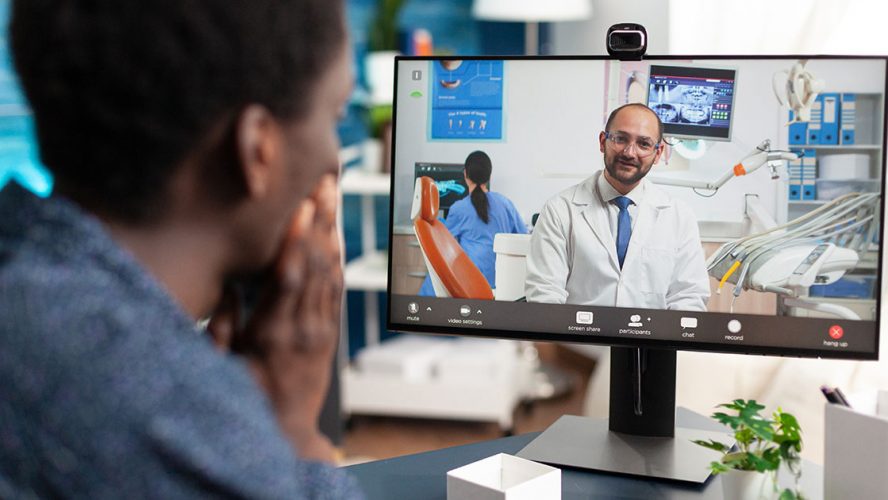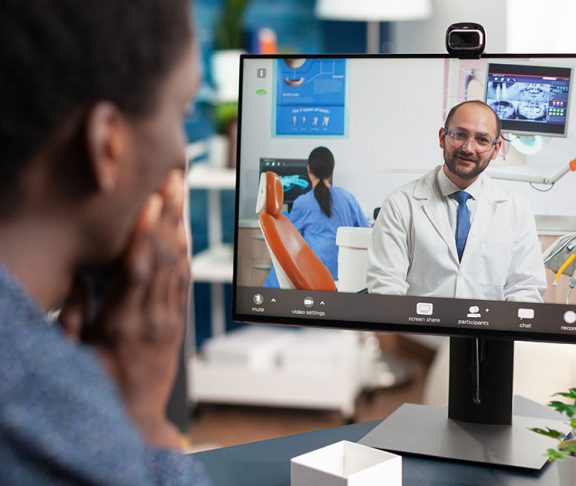Oral health should be accessible and affordable for every American. But recent data shows nearly 25 percent of Americans — 74 million people — don’t have dental insurance.
Separate data from the Centers for Disease Control and Prevention (CDC) reports that 22 percent of American adults with dental coverage didn’t see a dentist in the year prior to COVID-19. The pandemic only made matters worse, as many consumers who would normally have regular visits opted to wait.
Post-pandemic, they’re ready to go back. According to an American Dental Association poll, 90 percent of patients reported having already been back to or are ready to go to the dentist.
“Making sure people have access to high-quality, affordable, oral healthcare is critically important,” says David Olson, senior vice president, of network and Medicare Advantage at oral healthcare company DentaQuest, the nation’s largest Medicaid dental insurer.
The company manages dental and vision benefits for more than 33 million Americans with a nationwide network and provides direct patient care through more than 70 oral health centers in six states.
Understanding the access gap
Patients may not go to the dentist for a variety of reasons including not having insurance, lack of appointment availability, or transportation and logistics, such as a lack of childcare or getting time off from work. Other barriers can include cultural norms, emotional or mental health issues, or a lack of education.
There’s also a patient backlog post-pandemic, but Olson says DentaQuest providers are meeting that need.
“We are attacking this problem from all sides to deliver on our mission to improve the oral health of all,” he says.
Solution-oriented
DentaQuest is closing access gaps by educating patients, setting up community dental clinics in underserved areas, and offering more appointment availability, as well as teledentistry.
Pre-pandemic, DentaQuest had 170 teledentistry visits per month with members enrolled in Medicaid. During April and May 2020, they had more than 13,000 teledentistry visits and now have 3,200 teledentistry visits per month.
Their data shows that patients with a teledentistry appointment cost 10 percent less to treat over the course of a year than those who didn’t use teledentistry.
“If the majority of Americans’ dental benefits don’t include teledentistry, then everything else we’re doing — while important and beneficial — isn’t going to move the needle as quickly or as far,” says DentaQuest president and CEO Steve Pollock. “DentaQuest’s role as a leading provider of dental benefits enables us to reach millions of people across the country and move the industry toward large-scale change.”
The ADA reports that 70 percent of hospital emergency department visits for dental conditions happen outside regular business hours. Those hospital emergency department visits cost $2.7 billion.
Olson, who calls teledentistry convenient and great for providers and patients because it helps eliminate unnecessary emergency room visits, adds, “It’s a great option for the provider and member for any pre-care or follow-up care needs.”
Providing value
Prevention is critical for better patient outcomes, as well as cost savings. At DentaQuest that starts with implementing a dental home model, which means connecting patients to a primary dental care provider in their area.
“We see incredible results from our dental home program where access goes up, preventive care goes up, but the long-term costs actually decrease because we’re delivering preventive care that reduces the need for more costly and potentially unnecessary care,” says Olson.
A robust oral health network capable of meeting the preventive needs of all members is critical for dental homes to work. DentaQuest is committed to recruiting and retaining dental providers. They know the continuity of care is a benefit for both patients and dentists.
“DentaQuest has the opportunity to be able to drive change in the oral health system — to harness innovation and move us purposefully toward a future that includes accessible, affordable, quality oral healthcare for all,” says Pollock. “Teledentistry and dental homes are just some of the ways we’ve already begun to do that.”
To learn more, visit dentaquest.com.


